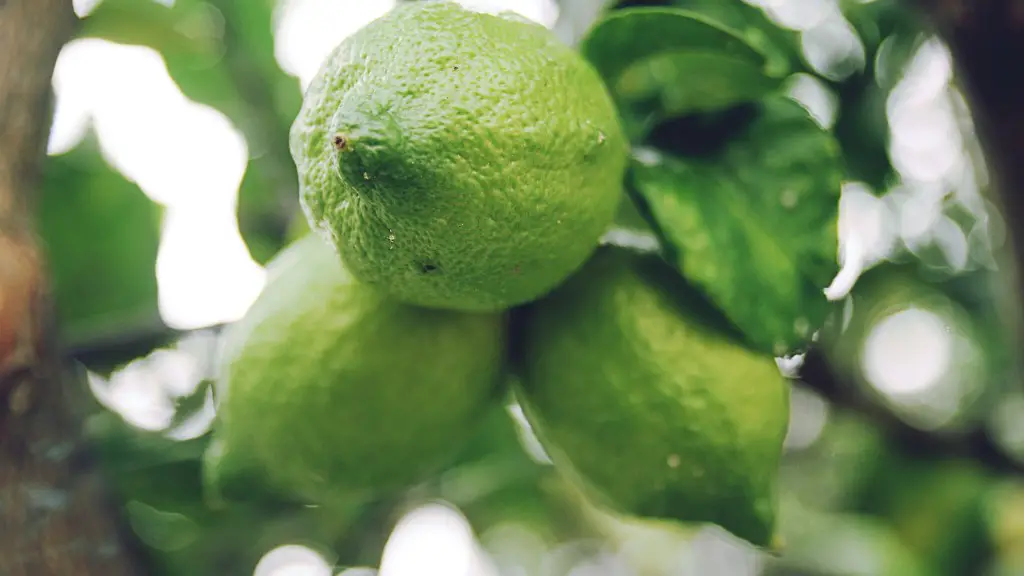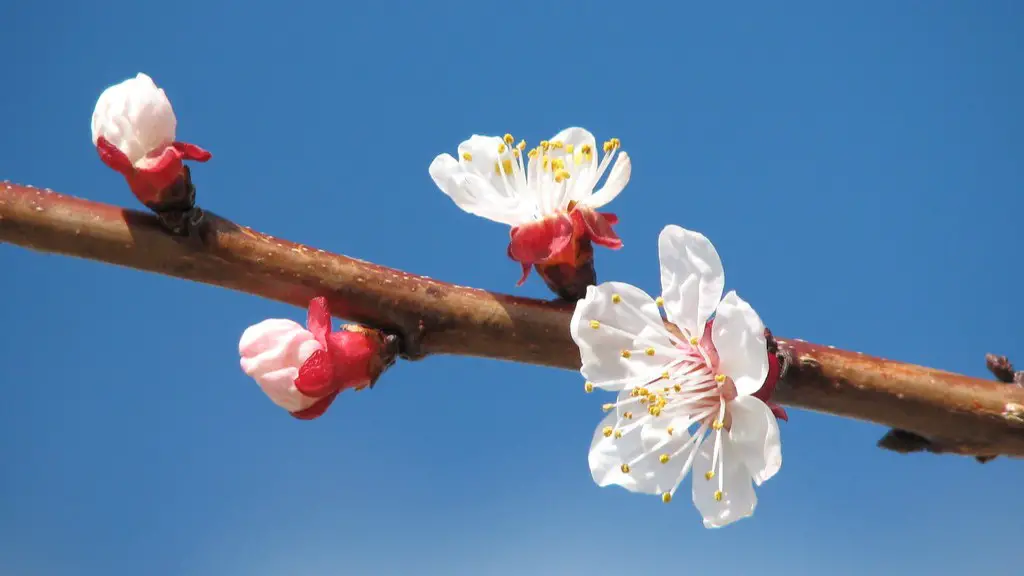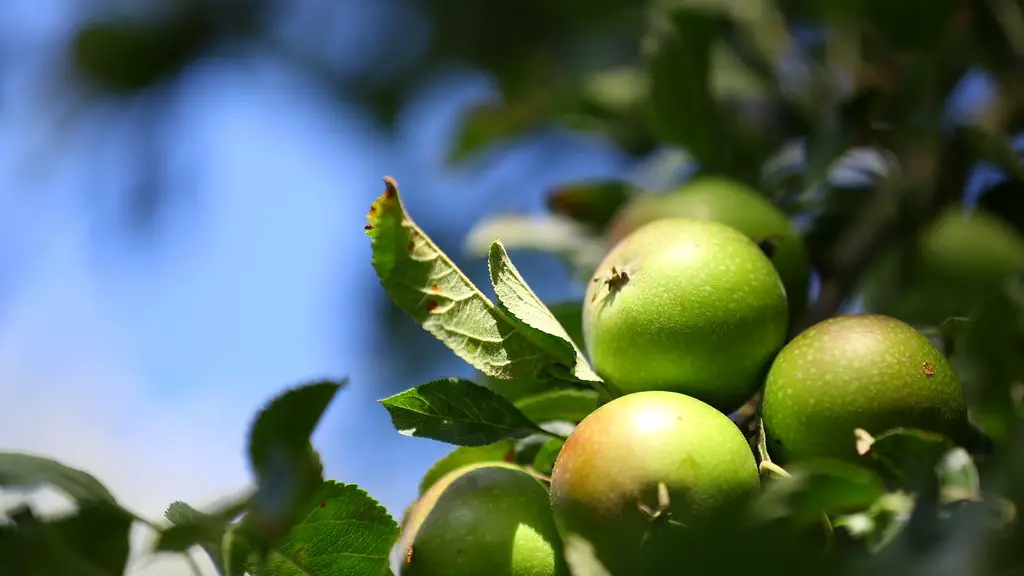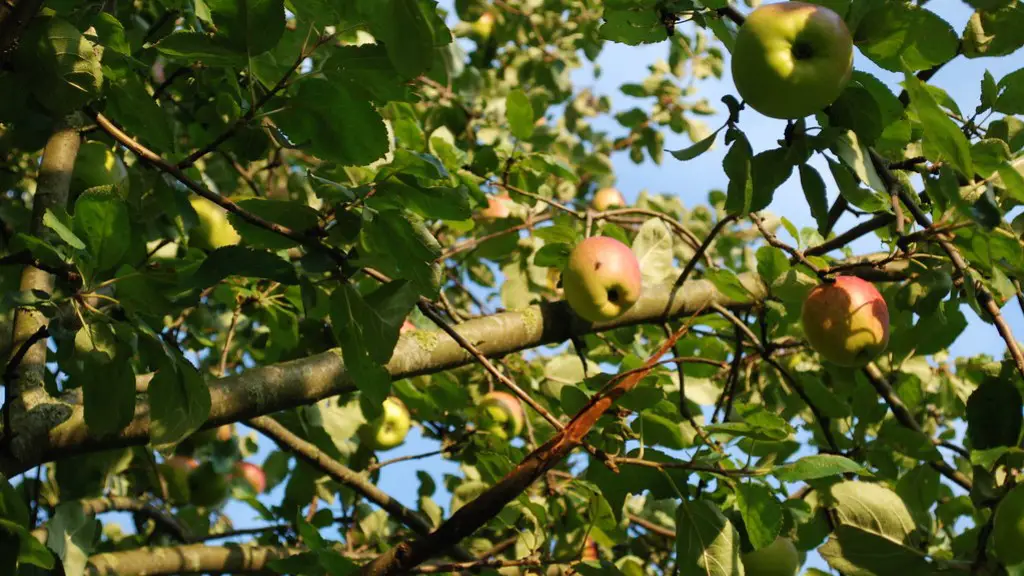Most gardeners are familiar with Japanese beetles, a common pest of apple trees. The beetle larvae feed on the tree’s roots, weakening the overall structure of the tree and making it vulnerable to diseases and other damage. Ultimately, will Japanese beetles kill my apple tree? The answer isn’t a simple yes or no.
The top priority for a successful apple tree is planting and proper maintenance. When the tree is strong, it’s less likely to suffer from typical pests including Japanese beetles. If the tree is properly cared for and the infestation is spotted early and treated, then it’s possible to control the population and save the tree.
When Japanese beetles become plentiful, they can do serious damage to apple trees. Beetle larvae feed on the roots of apple trees, weakening the tree and making it more susceptible to environmental stresses. The presence of Japanese beetles on the tree can also be an indication of other problems, such as the presence of other pests.
It’s important to act quickly and effectively if Japanese beetles are present on an apple tree. Pruning the affected branches can help control the population, and applying an insecticide specifically designed to target Japanese beetles can be effective. In some cases, the application of a systemic insecticide that’s absorbed by the roots of the tree can provide long-term protection.
In conclusion, Japanese beetles can be dangerous to apple trees, but with proper maintenance and early treatment, it is possible to save the tree from further damage.
Other Pest Damage
Japanese beetles aren’t the only pests that can harm apple trees. Other insects, including aphids, mites, leafhoppers, and borers can do major damage to the foliage, flowers, and fruit of apple trees. The presence of these pests not only decreases the fruit yield, but it can also reduce the tree’s overall health.
These pests can be controlled with pruning, insecticides, and an Integrated Pest Management strategy. Pruning is an important step in maintaining the health of apple trees and the removal of affected branches can help reduce pest populations. Insecticides can be used to target specific pests, but it’s important to carefully read and follow the label instructions. An Integrated Pest Management strategy can help reduce pesticide use while still keeping apple trees healthy.
Apple trees should also be monitored for other types of damage including disease, nutrient deficiencies, and soil pH. These conditions can all lead to stress on the tree and make it more vulnerable to pest damage. Treatments such as pruning, fertilizing, and adding compost to the soil are important for preventing pest infestations and keeping trees healthy.
In conclusion, Japanese beetles can do serious damage to apple trees, but there are other pests and issues that can also harm apple trees. Taking preventative measures such as pruning, fertilizing, and applying insecticides can help keep trees healthy and reduce the likelihood of pest infestations.
Fungal Diseases
Fungal diseases can also cause significant damage to apple trees, particularly in environments with high levels of rainfall or humidity. Common apple tree fungal diseases include apple scab, powdery mildew, and fire blight.
Early detection is key for effectively managing fungal diseases, and regular monitoring of the tree is important for identifying symptoms. When symptoms are present, pruning affected branches can help reduce the disease’s spread. Treatments including fungicides, root stimulators, and nutrient applications can also be used to help treat and prevent fungal diseases.
In addition, care should be taken to avoid medical and other activities that can create high levels of humidity near apple trees. These include activities such as irrigating with overhead sprinklers, leaving wet leaves on the tree, and removing fewer branches than recommended.
In conclusion, the presence of fungal diseases can be destructive to apple trees and should be monitored and treated as soon as possible. Pruning, fungicides, nutrient applications, and avoiding activities that can create excessive humidity can all help reduce the likelihood and severity of fungal diseases.
Environmental Damage
Environmental factors can also contribute to poor health in apple trees. Environmental stressors can include extreme temperatures, prolonged drought, wind damage, and soil erosion.
Proper maintenance of apple trees is necessary for maintaining health, and this includes keeping trees moist in both dry and hot climates. Irrigating regularly, using mulch and cover crops, and avoiding over-fertilizing can all help protect apple trees from environmental stresses.
In addition, checking trees regularly for signs of disease, pest activity, nutrient deficiencies, and environmental damage can help identify problems before they become severe. When minor damage occurs, pruning and other corrective measures can help prevent further damage and restore the tree’s health.
In conclusion, environmental damage can be detrimental to apple trees, but with proper maintenance, many of these problems can be avoided or minimized. Regular monitoring of the tree, irrigation, mulching, and other preventative measures can help keep apple trees healthy and reduce the likelihood of environmental damage.




